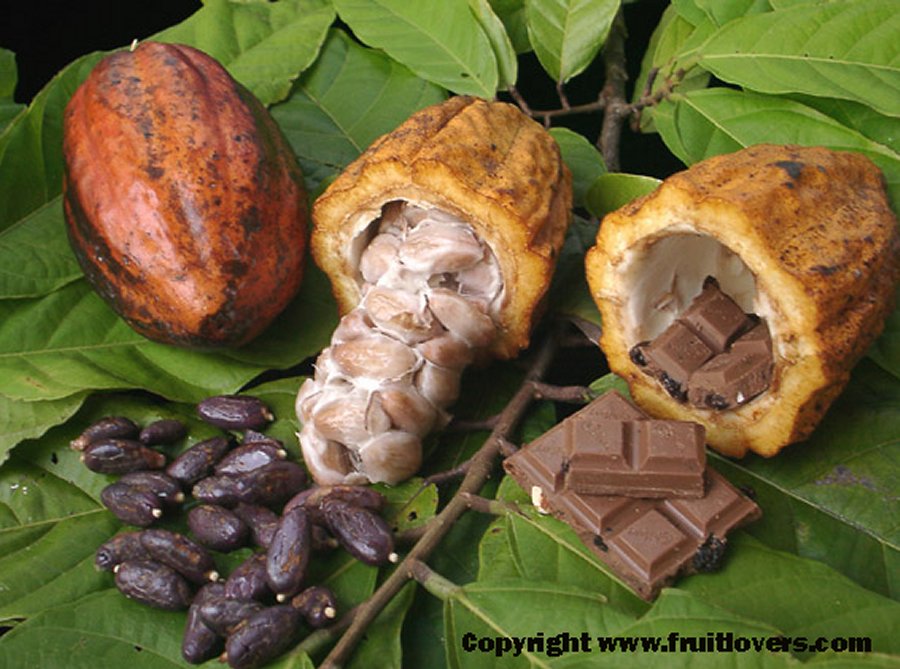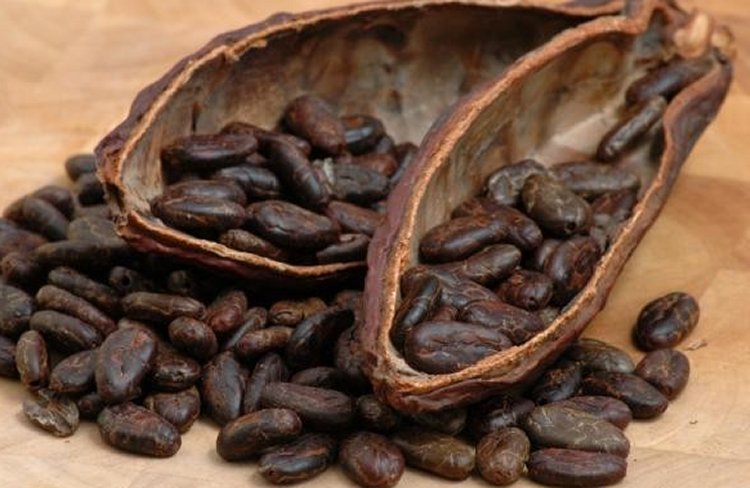Cacao Tree Was Born 10 Million Years Ago – It’s Much Older Than Previously Thought
AncientPages.com - New research suggests the cacao tree is 10 million years old, which means it’s much older than previously thought.
The cacao tree produces cacao beans, which go on to become chocolate, is one of the most popular flavors in the world, with sales around 100$ billion dollars per year.

Chocolate, produced from seeds of the cacao tree Theobroma cacao, is one of the most popular flavors in the world, with sales around 100$ billion dollars per year. Yet, as worldwide demand increases, there are fears the industry will fail to cope with growing public hunger for the product.
More than 17 million acres around the globe are dedicated to cultivating the tree and its beans, mostly in tropical Africa, South and Central America and Southeast Asia.
Yet, there are fears the industry will fail to cope with growing public hunger for the product due to the lack of genetic variation in cultivated cacao, which makes it vulnerable to climate changes, pests and diverse diseases.
"Studies of the evolutionary history of economically important groups are vital to develop agricultural industries, and demonstrate the importance of conserving biodiversity to contribute towards sustainable development. Here we show for the first time that the source of chocolate, Theobroma cacao, is remarkably old for an Amazonian plant species," says Dr James Richardson, a tropical botanist at the Royal Botanic Garden Edinburgh, UK, and lead author of the study.
Together with researchers from Colombia, the United States and Europe, Richardson found that Theobroma cacao is one of the oldest species in the genus Theobroma cacao, having evolved around 10 million years ago.
At the time, the Andes were not yet fully elevated, which explains why cacao trees today occur on both sides of the Andes.

Theobroma cacao is one of the oldest species in the genus Theobroma, having evolved around 10 million years ago. At the time, the Andes were not yet fully elevated, which explains why cacao trees today occur on both sides of the Andes. Credits: tacethno
The study confirms that the genus of Theobroma has had enough time to diversify genetically, with each wild population adapting to its local habitat.
Wild populations of cacao across the Americas may therefore be treasure troves of genetic variation, which could be bred into cultivated strains to make the latter more resistant to disease and climate change, and perhaps even create new flavors of chocolate.
"After ten million years of evolution we should not be surprised to see a large amount of variation within the species, some of which might exhibit novel flavours or forms that are resistant to diseases," Richardson said in a press release.
"These varieties may contribute towards improving a developing chocolate industry."
The researchers already plan to return to South America to sample all species related to cacao and investigate the characteristics of their native populations.
The study is published in the open-access journal Frontiers in Ecology and Evolution.
AncientPages.com




















